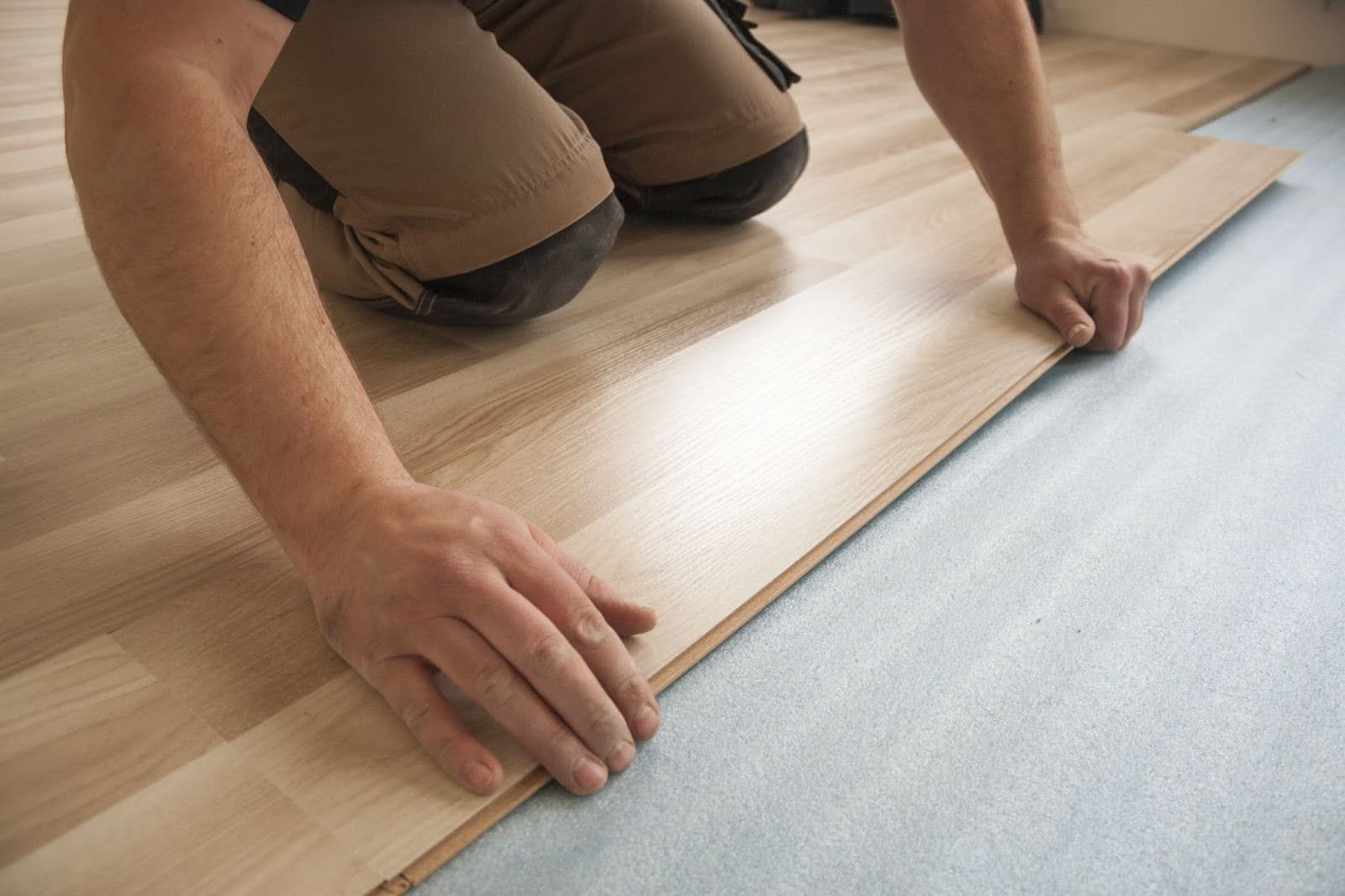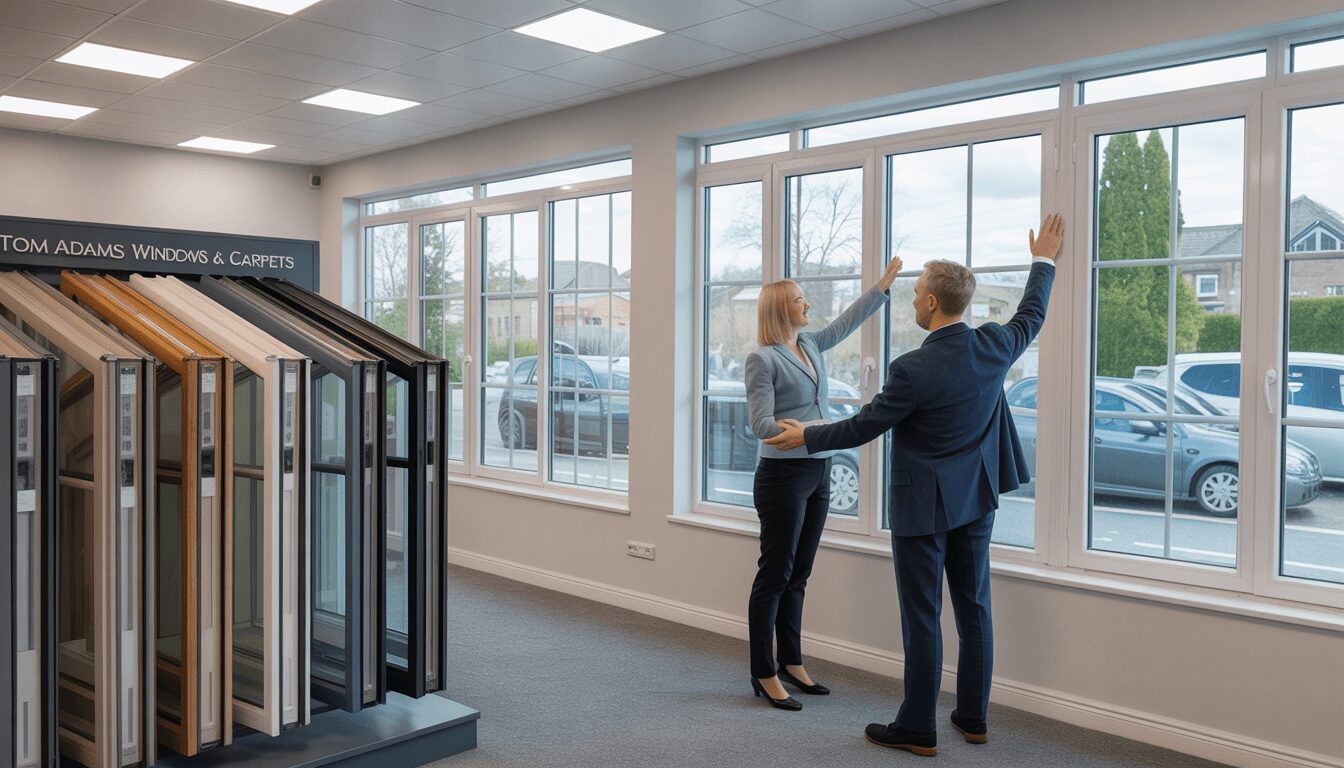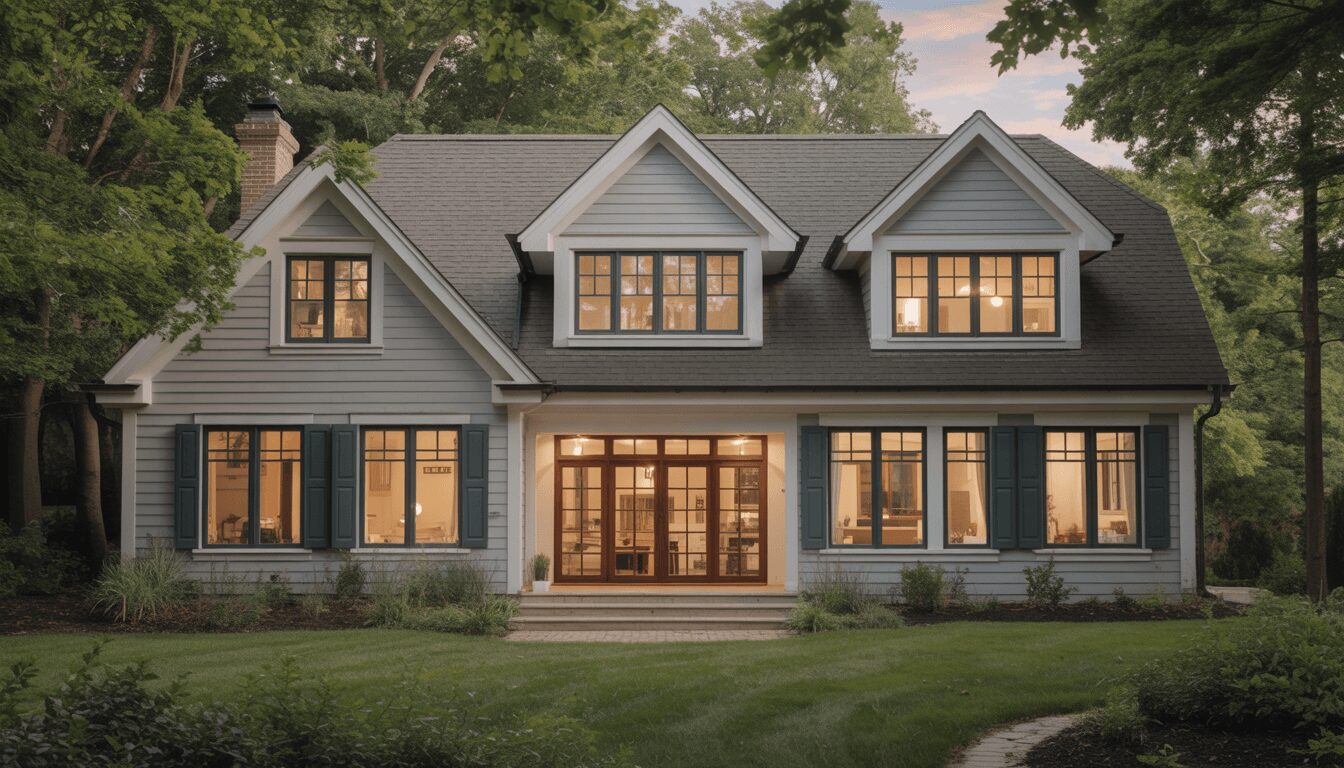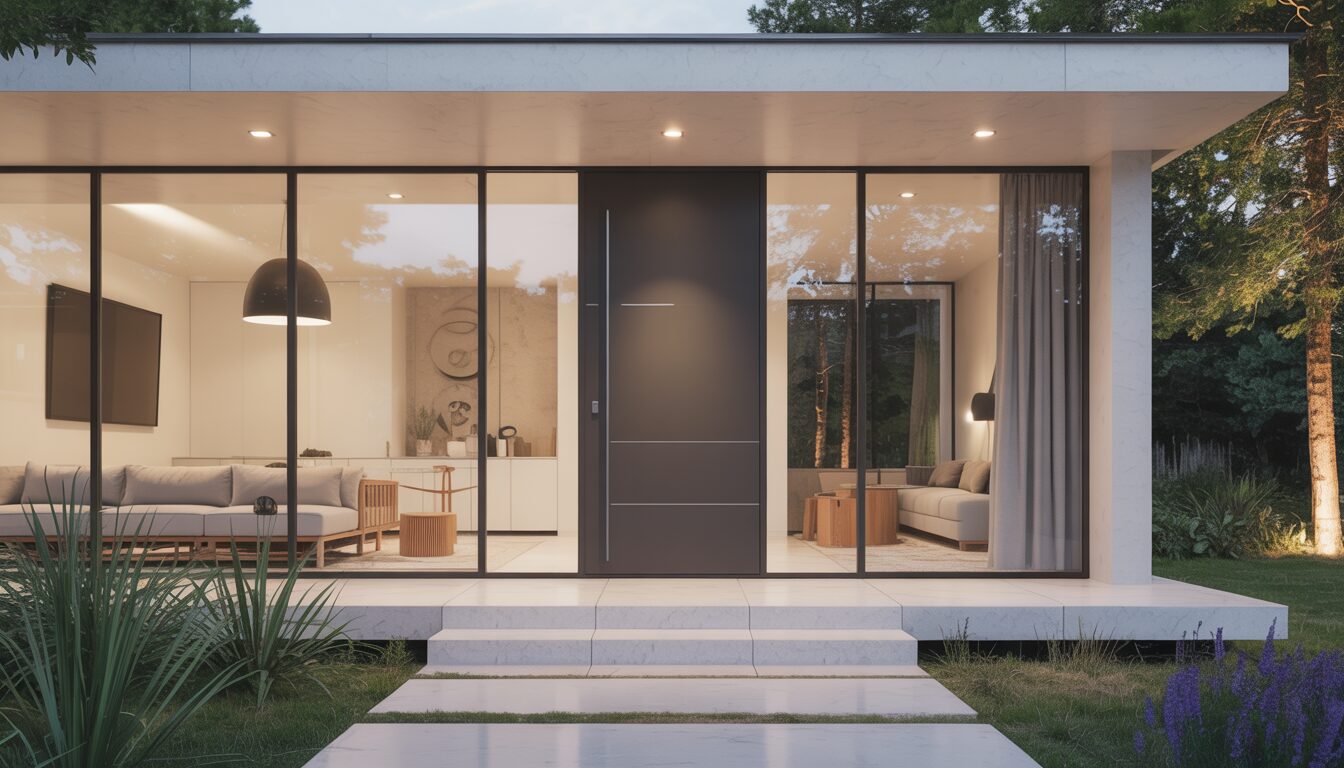Floating floors have become a favorite among homeowners for their ease of installation and stylish options. Unlike traditional flooring that requires gluing or nailing to the subfloor, floating floors are designed to lay over existing floors or subfloors, and they simply click together along the edges, forming a tight bond without the need for adhesives. This method not only streamlines the installation process but also offers more flexibility if you want to update your home’s look later on.
Here’s what we’ll cover to help you understand all about floating floors:
- The basics of floating floors
- The diverse types of floating floors available
- Advantages of installing floating floors
- Considerations before choosing floating floors
- Final thoughts on floating floors
The Basics of Floating Floors
So, what does the term ‘floating floor’ mean? It’s a technique in floor installation where the planks are not directly attached to the subfloor beneath them. Here’s why they’re a go-to solution for many:
- No glue or nails: Since they aren’t nailed or glued down, they ‘float’ above the surface.
- No smell or mess- No adhesive means less mess, easier clean up and no odor.
- Ease of installation: The planks or tiles usually feature a tongue and groove system where pieces fit snugly together and lock in place to each other.
- Adaptability: Certain floating floors can adjust to a range of temperature and humidity changes without warping, thanks to the room left around the edges for expansion. See a salesperson for which products work best for that certain room.
In our next sections, we’ll explore the types of materials you can choose from and the key benefits they bring to your home, discussing how they fit diverse lifestyles and needs. Keep in mind that at Tom Adams Windows & Carpets, we prioritize bringing you high-quality flooring solutions coupled with expert installation to ensure your satisfaction.
Types of Floating Floors
When it comes to floating floors, there’s a variety that homeowners can choose from, each with its own set of features catering to different needs and tastes. Here, we’ll take a closer look at some popular types:
- Floating Hardwood Floorboards: These typically come in sliced, pressed or veneer engineered wood. They offer the warmth and classic look of solid wood without the intensive installation process.
- Floating Vinyl Flooring or LVP: Known for its durability, this type can withstand high traffic and resist moisture – a smart choice for busy households or areas prone to spills. Plus, it offers many styles to match any decor. It’s also easy to clean and repair.
- Floating Laminate Flooring: Simulating the appearance of wood or stone, laminate flooring is cost-effective and stands up well to scratches and fading – making it a favorite for active homes.This is not your parents laminate. Todays laminate mimics the look and texture of real hardwood in many popular grains, appearances and colors.
Each option stands out for its ease of installation and the unique benefits it brings. It lets you choose a flooring that not only looks great but also matches the way you live in your home.
Advantages of Installing Floating Floors
Floating floors have gained popularity for several reasons. Homeowners enjoy benefits that go beyond the surface, including:
- Cost-Efficiency: Since they can be laid directly over an existing floor and typically require less labor, floating floors can be a less expensive option overall. Less prepwork means more savings
- Flexibility for Future Changes: If you love to change up your style or anticipate moving, floating floors are easier to remove without damage.
- Different Directions: You can change the direction of your hardwood from side to side into front to back, because it is a floating floor. This floor does not need to be installed perpendicular to the beams of your home.
Floating floors offer simplicity without compromising on style or durability, making them a solid choice for modern living. Mostly, they are waterproof from the top down, with a square edge or micro bevel appearance.
Considerations Before Choosing Floating Floors
When thinking about enhancing your home with floating floors, it is important to consider your lifestyle and house environment, as these factors can influence the type of flooring that will suit you best. Here are some practical things to ponder:
- Durability and Usage: If you have a busy household, kids, pets, or high traffic areas, choose a floating floor that can handle wear and tear. Many choices that will withstand everything from spills, stains, sun fading, and floor markings, dents and scratches from high heels to pet scratches.
- Moisture Exposure: Some areas of the home are prone to moisture, like bathrooms and basements. Make sure the floating floor material you choose can withstand this environment. Certain floating floors can be installed into bathrooms with steam from showers with no ill effect.
- Long-Term Maintenance: Think about the amount of effort you’re willing to put into maintaining your floors. Some floating floors require less upkeep than others. From sweeping, vacuuming or swifting – cleaning is easier than ever. Never needs a polish.
- Aesthetic Tie-In: Your new floors should complement the design and style of your home. Floating floors come in various looks, so choose one that aligns with your taste.
- Subfloor Condition: Check the condition of your current subfloor. The existing subfloor needs to be level from 3/16” on a 10ft span. Or prep work will be needed.
- Installation Requirements: Although floating floors are easier to install than traditional ones, some might need specific underlayments or room for expansion with t-molding in doorways. Be sure to see a salesperson for explanations.
- Budget: Factor in not just the cost of materials but also any additional expenses for underlayment, tools, or professional installation if you choose not to DIY. But because of the selection and variety, the budget will fit many types of homeowners needs.
- Home Value: If you plan on selling your home in the future, consider if the flooring option you choose will add value to your property.
In each of these points, reflect on how a floating floor can meet your needs. Remember, while floating floors are versatile, they might not be the perfect fit for every situation.
For a solid understanding and personalized advice, visiting a showroom to talk through options with an expert can be very helpful. Tom Adams Windows & Carpets offers that opportunity, allowing you to explore a variety of flooring options and get all your questions answered by knowledgeable professionals.
Final Thoughts on Floating Floors
Floating floors have emerged as a popular flooring choice for many homeowners due to their ease of installation, variety, and cost efficiency. Before you decide to hop on the trend, it’s good to look at the full picture and see if these floors align with your home life and future plans.
If you’re in the Philadelphia, Montgomery County, Bucks County, or the Allentown area and considering floating floors, Tom Adams Windows & Carpets is a great resource for expert guidance. With a strong commitment to quality and customer satisfaction, they can help you choose and install the ideal floating floor that meets your needs and enhances your living space. Ask about our labor warranties and financing that is available.
Don’t forget to ask about our AWARD WINNING INSTALLATION and Services. Get your free quote today!







